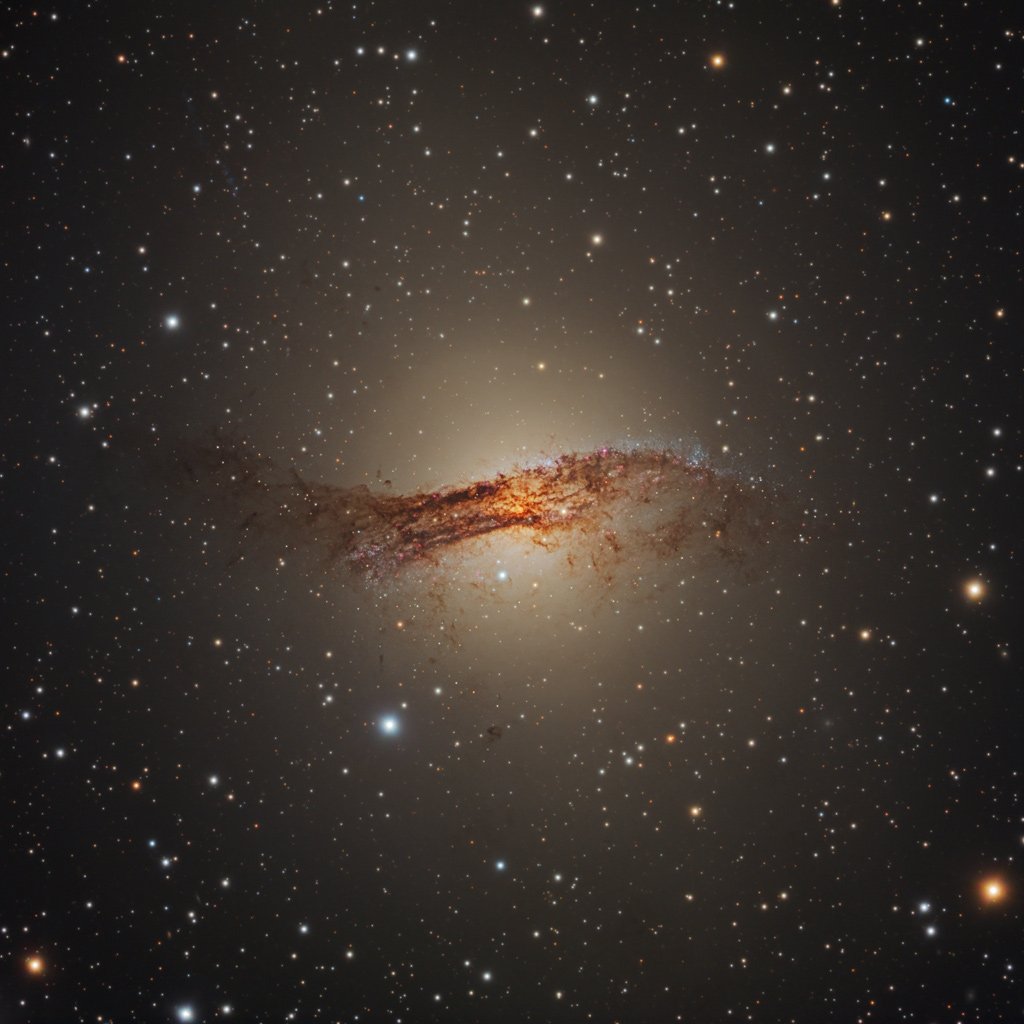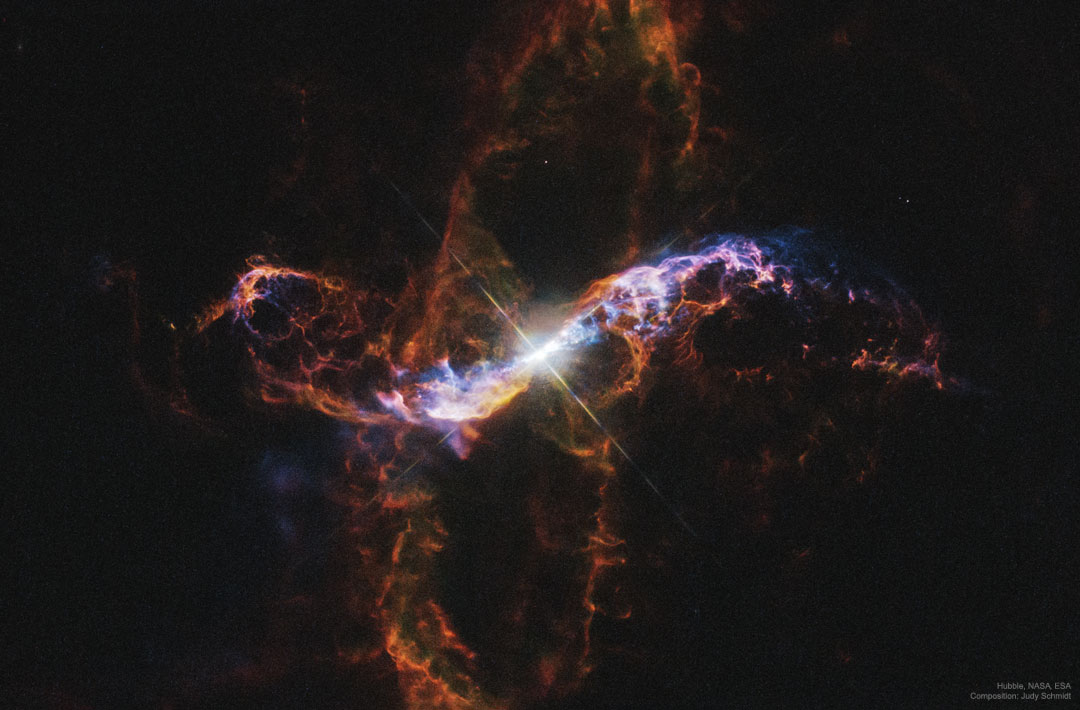
NASA’s Fermi Traces Source of Cosmic Neutrino to Monster Black Hole
For the first time ever, scientists using NASA’s Fermi Gamma-ray Space Telescope have found the source of a high-energy neutrino from outside our galaxy.
from NASA https://ift.tt/2JhQnYl
via IFTTT![]()
Centaurus A

The Heart of Madagascar
Coverage Set for Departure of US Cargo Ship from International Space Station
Nearly two months after Orbital ATK, now part of Northrop Grumman, delivered several tons of supplies and scientific experiments to the International Space Station aboard its Cygnus cargo spacecraft, the spacecraft is set to depart the orbiting laboratory Sunday, July 15.
from NASA https://ift.tt/2mbAR6Q
via IFTTT![]()
Symbiotic R Aquarii

2018 Class of NASA Flight Directors for the Mission Control Center
NASA Names Six New Flight Directors to Lead Mission Control
NASA has selected six women and men to join the elite corps of flight directors who will lead mission control for a variety of new operations at the agency’s Johnson Space Center in Houston.
from NASA https://ift.tt/2L349iR
via IFTTT![]()
Noctilucent Clouds over Paris Fireworks

NASA Awards Information Technology Support Contract
NASA has awarded the contract to Venesco & SaiTech Joint Venture (VSJV), LLC of Chantilly, Virginia, to provide information technology support services for the Information Technology and Communications Division at NASA Headquarters in Washington.
from NASA https://ift.tt/2N2CEqq
via IFTTT![]()



